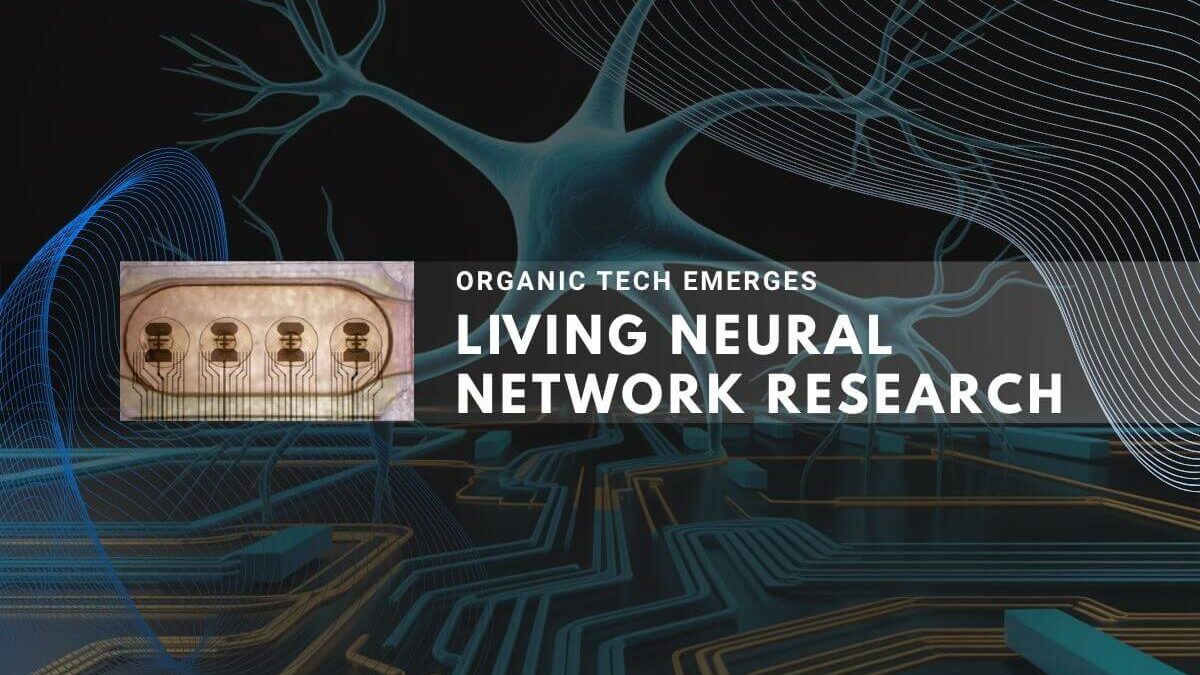Swiss biotech FinalSpark operates the Neuroplatform brain organoid biocomputing system. The biotech FinalSpark Neuroplatform brain connects researchers to living neural tissue. This Neuroplatform brain supports organoid biocomputing research using human brain organoids. The Neuroplatform brain organoid environment enables remote experiments and advances understanding of biological computing.
Technical Specifications and Current Performance
The Neuroplatform consists of four Multi-Electrode Arrays, each containing four brain organoids interfaced through eight electrodes for electrical stimulation and recording.[4] The system captures neural activity at 30 kilohertz sampling frequency with 16-bit resolution, supporting continuous 24-hour operation.[5]
FinalSpark has maintained the platform for over four years, testing more than 1,000 organoids and collecting 18 terabytes of electrophysiological data.[6] Individual organoids now survive up to 100 days under optimal laboratory conditions, representing significant improvement from initial lifespans measured in hours.[7]
Brain organoids derive from induced pluripotent stem cells reprogrammed from human skin cells.[8] After several months of maturation, these three-dimensional structures develop neurons, oligodendrocytes, and astrocytes characteristic of forebrain regions including striatum and motor cortex.[9]
Access Structure and Global Research Network
Educational institutions can access the Neuroplatform for 1,000 dollars monthly plus a 1,000 dollar setup fee, with selected projects receiving free access.[10] Nine institutions currently conduct research through the platform, with 36 universities expressing interest as of October 2025.[11] Industrial clients receive customized pricing for dedicated organoid access.[12]
The subscription includes real-time neural stimulation and recording capabilities, Python programming interfaces, digital research notebooks, data storage, and technical support.[13] Users share access to four organoids in the standard educational plan.[14]
Demonstrated Learning Capabilities in Neural Cultures
The most significant proof-of-concept achievement comes from Cortical Labs DishBrain platform, published in the journal Neuron in 2022.[15] Australian researchers demonstrated that approximately 800,000 cultured human and mouse neurons could learn to play the video game Pong within minutes of training.[16]
The DishBrain system used electrical stimulation to represent ball position and paddle location, with structured feedback teaching the neural network to improve performance over time.[17] The cultured neurons achieved better than random performance, hitting the ball slightly more often than missing it.[18]
Fundamental Limitations and Scaling Challenges
Brain organoids lack vascularization, the blood vessel networks that supply nutrients and oxygen to living brain tissue.[19] This absence limits organoid size, complexity, and lifespan compared to actual brain regions.[20] Without proper perfusion systems, organoids rarely exceed 500 micrometers in diameter and remain at fetal developmental stages.[21]
Current organoids contain far fewer neurons than functional brain circuits and cannot replicate the sophisticated connectivity patterns found in mature neural networks.[22] Standard organoids comprise fewer than 100,000 cells, roughly one three-millionth the size of the human brain.[23]
Extended culture beyond 100 to 120 days often leads to hypoxia-induced central necrosis, degrading cellular diversity and structural integrity.[24] Advanced vascularization techniques can extend survival to 200 plus days but require complex co-culture systems not yet standardized for biocomputing applications.[25]
Energy Efficiency Claims Need Independent Verification
FinalSpark claims bioprocessors could consume a million times less power than traditional digital processors, citing the human brain 20-watt operation compared to energy-intensive AI training requiring gigawatt-hours.[26] However, these projections exclude the substantial infrastructure required for organoid life support.[27]
Current organoid systems need sophisticated microfluidic perfusion, temperature control, sterile environments, and continuous monitoring equipment.[28] Independent lifecycle assessments comparing total system energy consumption have not been peer-reviewed, making efficiency claims speculative.[29]
Scientific Roadmap for Organoid Intelligence
Johns Hopkins University researchers have outlined organoid intelligence as a multidisciplinary research program combining brain organoids with advanced interfaces, AI systems, and ethical frameworks.[30] Published in Frontiers in Science, their roadmap emphasizes complementary applications alongside silicon computing rather than replacement.[31]
Research priorities include understanding how organoids process information, developing standardized culture protocols, creating robust interfaces for input-output control, and establishing ethical guidelines for biological computing research.[32] Current applications focus on neuroscience research, drug testing for neurological diseases, and brain-computer interface development rather than general-purpose computing.[33]
The field requires major advances in organoid maturation, reproducibility, and computational frameworks before practical biocomputing becomes feasible.[34]
Regulatory Framework and Ethical Considerations
Research operates under existing stem cell regulations with institutional review board oversight for human cell use.[35] International coordination on standards and ethical guidelines remains in early development stages, with embedded ethics approaches addressing donor consent and organoid welfare protocols.[36]
While current organoids lack complexity for consciousness, researchers advocate proactive ethical frameworks addressing potential sentience concerns as the technology advances.[37] Transparency requirements include clear donor consent processes and standardized protocols for end-of-experiment procedures.[38]
Scientific Assessment and Development Timeline
Leading researchers consistently frame organoid intelligence as early-stage research with applications likely decades away.[39] Dr. Lena Smirnova from Johns Hopkins emphasizes that biocomputing should complement not replace silicon AI, while also advancing disease modeling and reducing animal use.[40]
Current achievements demonstrate basic stimulus-response learning in controlled laboratory settings.[41] Translation to functional computing systems requires fundamental advances in organoid biology, interface technology, and understanding of neural computation mechanisms.[42]
The technology shows near-term promise for specialized neuroscience applications where biological authenticity provides research advantages over artificial neural networks.[43] However, claims of imminent practical biocomputing lack scientific support based on current technical limitations.[44]
Key Technical and Research Specifications
- FinalSpark Neuroplatform operates continuously for over four years with more than 1,000 organoids tested
- System collects 18 terabytes of electrophysiological data from neural tissue experiments
- Maximum organoid survival reaches 100 days under optimal laboratory conditions
- Educational access costs 1,000 dollars monthly plus 1,000 dollar setup fee
- Platform architecture includes four Multi-Electrode Arrays with four organoids each
- Cortical Labs DishBrain demonstrated learning in 800,000 cultured neurons within minutes
- Standard organoids contain fewer than 100,000 cells compared to 86 billion in human brain
- Vascularization absence limits organoid size to 500 micrometers in diameter maximum
Biocomputing research continues advancing through collaborative international efforts, focusing on understanding biological neural networks while addressing technical challenges and ethical considerations.[45] Scientists emphasize realistic timelines and complementary roles alongside traditional silicon-based computing systems.[46]
